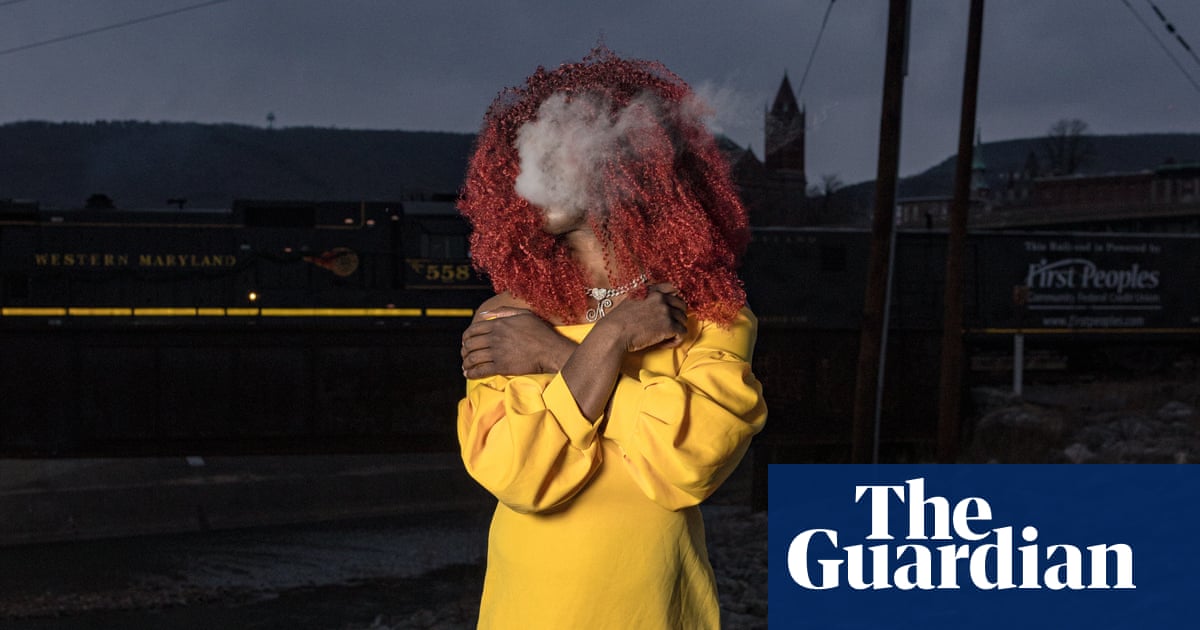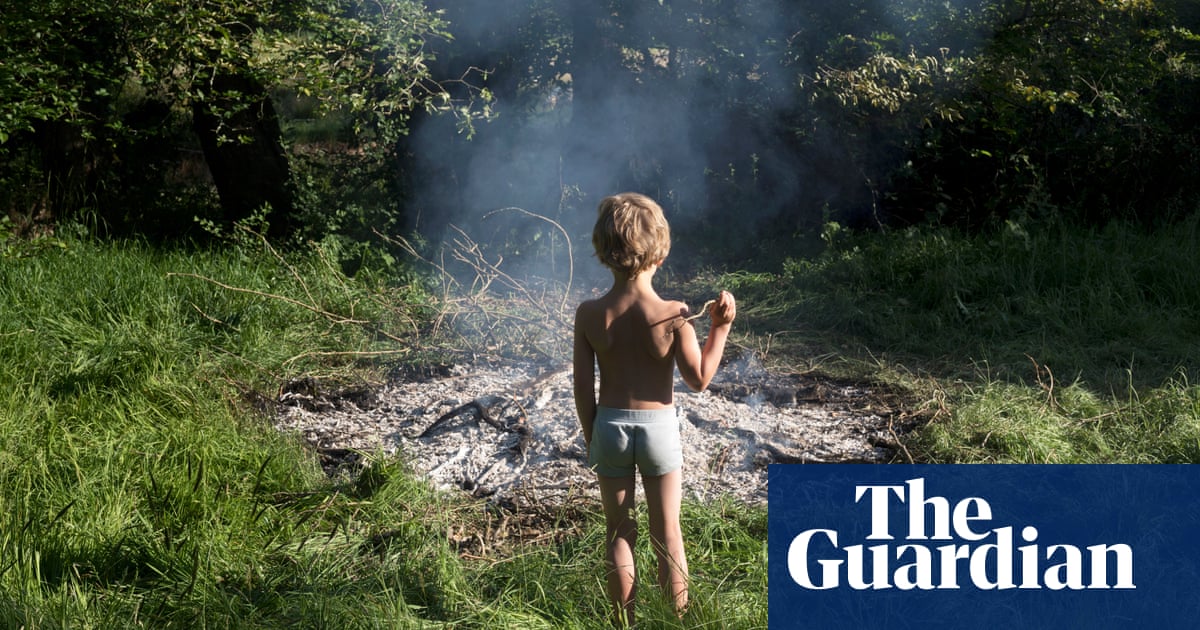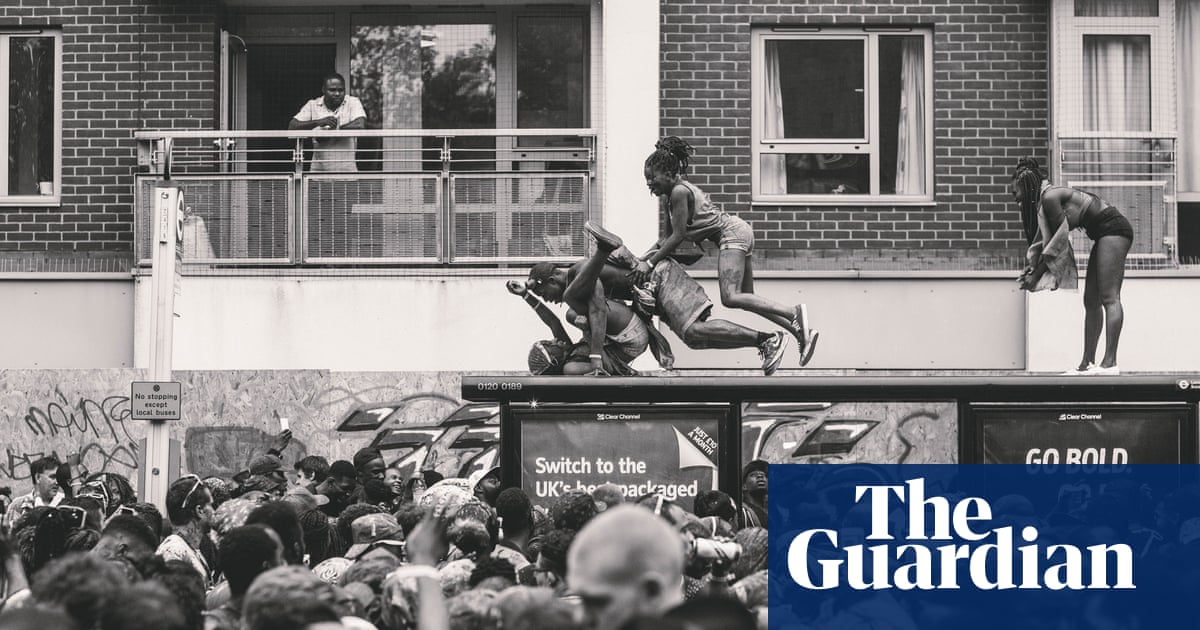
The guy on the left is Frank Palombo, the former chief of police of New Bern in North Carolina, a town I have spent the last 15 years photographing. In 2006, an organisation called Swiss Roots invited me to document New Bern as part of their mission to promote a positive image of Switzerland – my country – in the US.
They approached me partly because my ancestor is the settler Christopher von Graffenried, who founded New Bern in 1710 after conflict with a Native American tribe known as the Tuscarora. I knew nothing about him and, initially, neither the project nor my family history interested me. But a month later, I changed my mind – it was a chance to find out whether Swiss-held prejudices about George Bush’s America were true.
One of the first things I did was ask the New Bern police whether I could tag along in one of their vehicles for a few days. Palombo invited me to join him visiting wounded soldiers back from Iraq at a military hospital. Palombo had begun his career in the air force and later joined the Florida police before settling in New Bern, where he wound up as chief in 1997. We got in the car and I sat in the front seat, next to the driver. To my surprise, a police communications officer joined us – the man putting on his tie. I realised they wanted to have some control over the situation.
Despite spending the afternoon photographing disabled war veterans, this was the only photograph from that day I have included in the final photobook, Our Town. I often find my most interesting shots by chance, on the way – so the final destination is no longer so important. In the words of my friend and great influence, the photographer Robert Frank: “You take the picture and run.” A photograph isn’t interesting when the subjects have time to compose themselves.
I began to see New Bern as a microcosm of the entire country. In America – a place where everybody knows they should appear in the best possible light – everyone is posing, or ready to have their photograph taken. During my first visit, the community welcomed me with enthusiasm: they liked the fact I was a descendent of the town’s founder. But the longer I spent there – I returned each year, staying up to a month, observing and photographing – the more the atmosphere began to change. The situation in the police car reflected my overall experience. Over the years, the inhabitants became increasingly wary of my presence as they saw that my photographs were not presenting a promotional, touristy vision of the town, but the daily reality as I saw it.
New Bern appeared to me to be a divided place. Its history of racial conflict and segregation – first between the European settlers and the Native Americans, later between the white citizens and enslaved African Americans – didn’t feel like a distant past. The town is home to 30,000 people, 55% white and 33% Black citizens, yet I rarely saw these communities mix. This stark division was barely acknowledged by the people I spoke to.
I named my project Our Town, in reference to Thornton Wilder’s 1938 play of the same name. The idea of that play is that the living don’t see reality. Only once they die, in the final act, can they fully comprehend the surroundings they have left behind. In the same sense, my photography is about capturing a reality that people are blind to, not simply showing them what they see, or want to see. Like the rest of the world, the New Bernians woke up after the death of George Floyd in May 2020 and began to question their separation.
I had realised my own shortcomings a few years earlier. One Sunday morning, I walked into a local African American church. I was the only white person and the pastor invited me to introduce myself to the congregation and explain my work. From that moment on, I was able to shift the direction of the project, but also to fight against my own racial blindness. Prior to that, I only had half the story of New Bern.
What was intended to be a two-year project funded by Swiss Roots morphed into an independent 15-year project. I became a photographer out of curiosity, but also to learn about myself. While Our Town was a reflection of a community I did not belong to, it also held up a mirror to myself. It allowed me to confront my own anxieties and assumptions. In that way, photography is my own personal therapy.
Michael von Graffenried’s CV
Born: Bern, Switzerland, 1957
Trained: Self-taught
Influences: “My friend Robert Frank.”
High point: “Becoming the third Swiss after René Burri and Robert Frank to receive the Dr Erich Salomon prize from the German Society for Photography.”
Low point: “My impatience.”
Top tip: “Be curious and open.”












